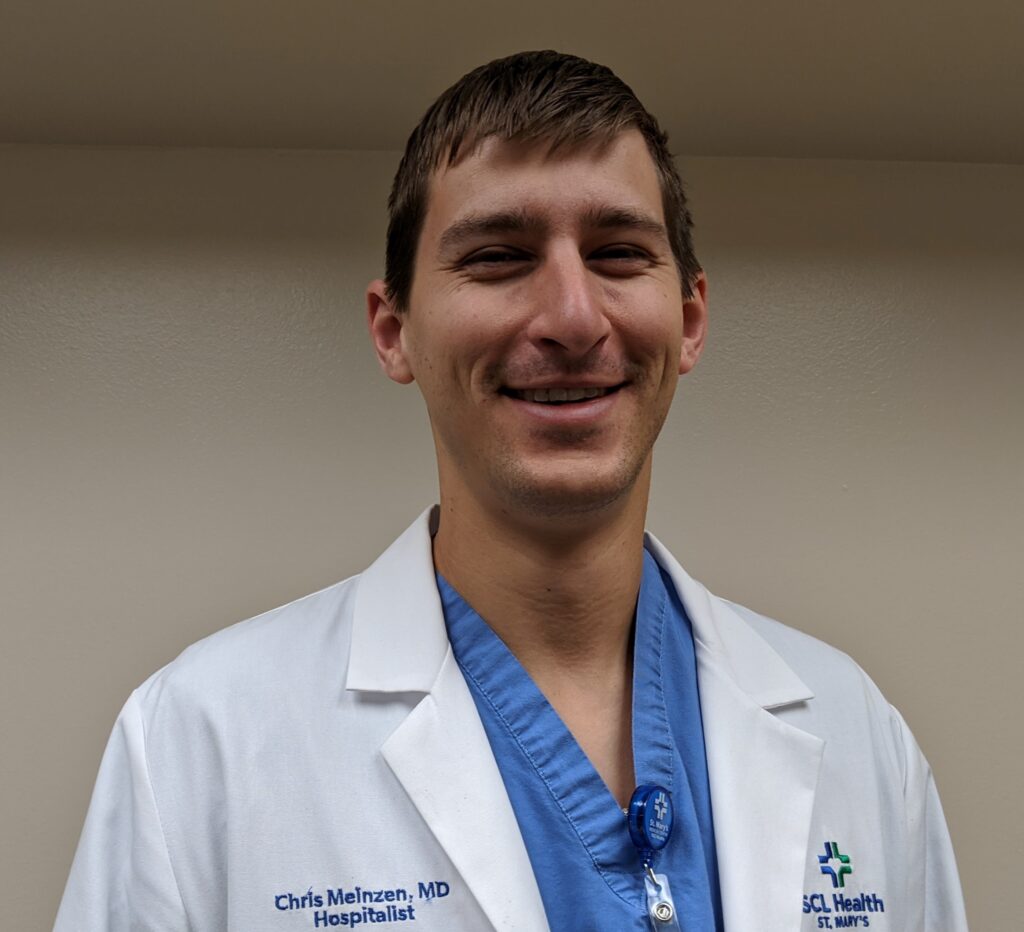We do not see it in our clean halls.
It is not permitted.
We spend our energy on the sick,
the dead must be covered and carried away.
I do not even know where they go.
When I arrive in the hospital before dawn
I put on my white coat and review the list:
the worried well,
those approaching too close to death, but mostly
those who merely need a nudge back to life.
I delve into strategies, therapeutics, and testing
to find wherever death could hide.
My patients, feeling better, promise to again live
healthy, vibrant lives.
We all congratulate ourselves obliquely on another day avoiding death.
We joke in the break rooms,
“room 326 tried to die twice this morning.” But of course
the idea is ridiculous. There is no trying,
and there is no death here.
What can I know about death?
I spent my 20s learning how to keep people alive, despite the bleeding
and however many organs may fail.
The hours were spent studying, eating and drinking and
caffeinating again in sterile rooms
lined with skin and organs soaking in formalin.
We studied pathology slides, dissected limbs, memorized
all the many diseases that had nothing to do with our young bodies.
You ask me what it is like. The time I couldn’t avoid death.
The nurses had paged me late to the resuscitation.
It should not have been me at all.
By the time I arrived everyone had left but one nurse and the chaplain.
“We need you to declare him dead,” they explained.
I went into the room.
It was empty except for an old body. Pale,
mottled, stretched out on a flat bare bed. Pillows on the floor.
The shoulder propped up stiffly on the bed rail, dislocated.
No rise of the rib cage,
also bent up at odd angles. There
was no pulse hidden in the wrist or neck. Abrasions were left from compressions
in the chest and upper abdomen.
Some blood slowly coagulated on the lips..
The hand had fallen open, fingers cold and white
and nailbeds dark.
Were the palms getting more purple as I watched?
What was there to see or to say?
How does one person declare a fact so obvious as death? And yet,
how did it get here
in our house of life?
 Dr. Meinzen is a hospitalist at St. Mary’s Regional Medical Center, SCL Health and Colorado Canyons Emergency Department, Family Health West, Grand Junction, Colo. He earned a bachelor’s degree in creative writing and neuroscience from Tulane University in New Orleans prior to completing his medical degree there as well.
Dr. Meinzen is a hospitalist at St. Mary’s Regional Medical Center, SCL Health and Colorado Canyons Emergency Department, Family Health West, Grand Junction, Colo. He earned a bachelor’s degree in creative writing and neuroscience from Tulane University in New Orleans prior to completing his medical degree there as well.